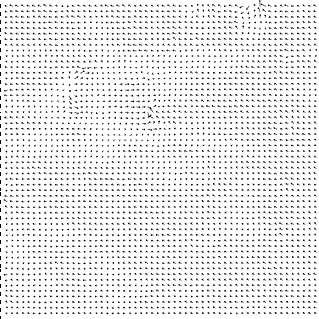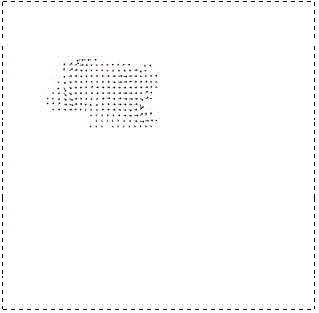Moving object segmentation method based on optical flow field clustering
An optical flow field and motion technology, applied in image analysis, image data processing, instruments, etc., can solve problems such as high computational cost, difficulty in obtaining moving targets, and difficulty in detecting moving targets
- Summary
- Abstract
- Description
- Claims
- Application Information
AI Technical Summary
Problems solved by technology
Method used
Image
Examples
Embodiment Construction
[0064] This embodiment combines Figure 1-12 The present invention is described in detail:
[0065] 1. Segment the optical flow field to form a segmentation map. Consider a camera moving relative to a fixed scene, and image the scene on the image plane through perspective projection. If the coordinate system is fixed to the camera, the scene can be considered to be moving relative to the camera. Yes, the motion of the scene can be described by the flow velocity of the image plane. At this time, the velocity is a function of the pixel coordinates of the object surface projected to the image plane, the motion of the camera relative to the object surface, and the distance between the camera and the object surface, described by formula (1)
[0066] (1)
[0067] (2)
[0068] (3)
[0069] In the formula, are in image pixel coordinates the flow velocity at has been normalized by the focal length, is the translation component, w...
PUM
 Login to View More
Login to View More Abstract
Description
Claims
Application Information
 Login to View More
Login to View More - R&D
- Intellectual Property
- Life Sciences
- Materials
- Tech Scout
- Unparalleled Data Quality
- Higher Quality Content
- 60% Fewer Hallucinations
Browse by: Latest US Patents, China's latest patents, Technical Efficacy Thesaurus, Application Domain, Technology Topic, Popular Technical Reports.
© 2025 PatSnap. All rights reserved.Legal|Privacy policy|Modern Slavery Act Transparency Statement|Sitemap|About US| Contact US: help@patsnap.com



